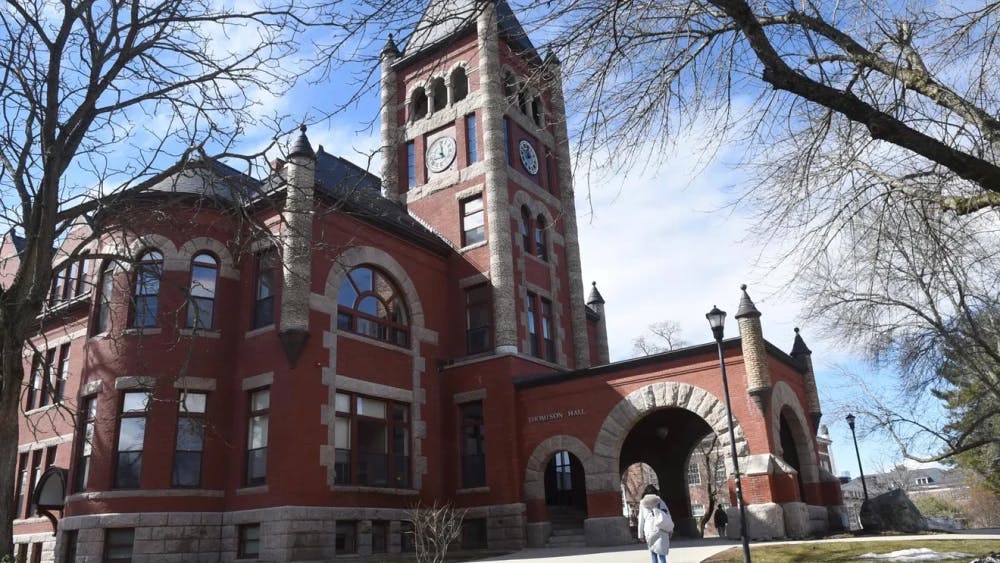Mobile food ordering applications, such as Tapingo and Push For Pizza, have proven to solve common frustrations of waiting in line or calling on the phone for UNH students. Instead, with the apps students are able to grab their craving of Wildcatessen in a matter of minutes.
“People don’t want to wait for their food and Tapingo eliminates that for them,” said UNH student Ryan Foley. “Why would I rather wait in line at D-HOP behind hordes of drunk people when I can just open my phone, order, and pick up my food in no time? ”
Tapingo also allows exhausted students returning to their dorms from night classes to have a sufficient meal. Foley said he uses Tapingo once a week, while UNH student Talia Matrumalo said that she usually orders from mobile food apps one or two times a week, but sometimes even as much as four to five times a week.
“This app is very useful to me due to the fact that I have classes from 6-9 p.m. multiple times a week and by the time I’m out of class the dining halls are all closed,” said Matrumalo. “The last thing I want to do is wait in line to eat.”
Richard LeHoullier, retail manager of Wildcatessen, estimates that about half of the student body uses Tapingo for purchasing food at their restaurant. LeHoullier also stated that he believes this trend is due to costumers being uncomfortable waiting in big crowds late at night.
“People who wouldn’t have come, are coming because they ordered ahead,” said LeHoullier. “People want [their food] quick and they want it now.”
Thomas Gruen, professor and chair of marketing in the Peter T. Paul College of Business and Economics, believes this trend to be based off loyal customer convenience, especially in terms of the delivery service offered. Gruen stated that users of the application joined the trend after they heard how the app works and why.
“When new technologically start, a lot of people start to get involved with them and then they tend to drop off,” said Gruen. “There is a little bit of a bubble right now that will shake itself off and the truly good apps that offer a lot of value will prevail and be sustainable.”
Other mobile ordering applications such as Push For Pizza eliminate the inconvenience of ordering pizza on the phone and allow users to simply order a pizza in a few taps. Cyrus Summerlin, co-founder of Push For Pizza said the costumers even get a free slice of pizza when they download the app on the spot.
“Pizza is one of the most commonly ordered foods from a mobile device,” said Summerlin. “Other big companies have done the hard part of convincing a lot of stubborn pizzerias that online ordering is the future. It’s what’s allowed us to successfully scale and create a business model with our specificity.”
Due to the fact that Tapingo orders get first priority in food production, complications with timing can be an issue. Other applications such as Push For Pizza state that the biggest problem they face is the chain of communication within the pizzeria because most orders are sent via fax; to combat this problem, the company tries to shift a lot of their pizzerias to using tablets for receiving orders.
“One issue I have is the app stops working around a half hour before the restaurant closes and that is frustrating because if I were able to order then I would be able to be in and out,” said Matrumalo. “But since I can’t, I have to go in and they have to wait until I get there to make my order, which would be closer to the closing time then if I were able to use the app.”













